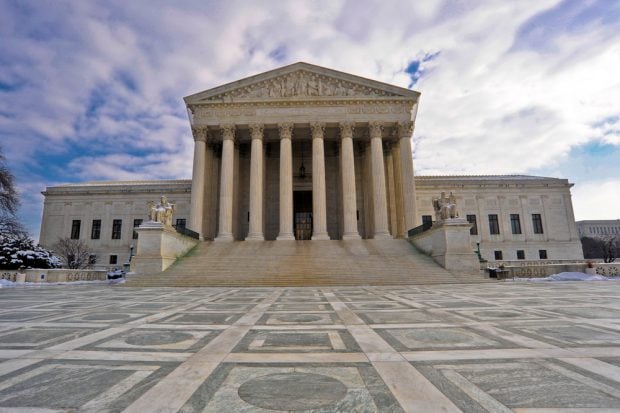
Cybercrime is a major problem for credit unions and banks.A 2014 JPMorgan study found 60% of organizations were exposedto actual or attempted payments fraud in 2013.
|Likewise, 80% of fraud or attempted fraud originated fromoutside the organization itself. Cybercrime affects customerwellbeing and trust, hurting the reputation of businesses andjeopardizing future growth. Protecting customers is important, andtaking precautions can go a long way in doing that.
|Luckily, credit unions can protect themselves from cybercrimeand other threats very simply. Here are five important ways to keepyour credit union in good cyber shape.
|1. Mandatory, complex passwords
|Create a comprehensive password policy to protect bankingassets. These can be used for mobile devices, account andinformation access throughout your banking system, includingemployee access to bank computers and customer access to onlineaccounts.
|The policy should mandate strong requirements, including suchrules as minimum passcode length, minimum number of complexcharacters (upper- and lowercase letters, numbers and symbols),maximum passcode age and maximum number of failed attempts.
|2. Multi-factor authentication methods
|Use multi-factor authentication to add another layer of securityfor your institution. This authentication method requires multipleways to verify identity before providing account access. Examplesinclude requiring a password and a passphrase for authentication orsending a unique code to a user's email to be entered alongsidetheir password on secure banking sites.
|Google, for instance, optionally offers two-factorauthentication for accounts by requiring a user's regular passwordplus a one-time code sent to the user's phone in order to gainaccess.
|3. Proactively monitor device security
|Actively monitor business activity to prevent an attack fromgoing unnoticed. Software on the market enables banks to monitorbusiness and device activity; ensuring threats are flagged whenthey occur. Credit unions can establish business compliancepolicies requiring devices accessing banking data to be encrypted,have a PIN or be on a secure network in order to successfullyconnect.
|If devices, such as smartphones, do not meet these requirements,credit unions can send a message to the user. Likewise, creditunions can notify users when an unknown device attempts to log into their account, providing user visibility into suspiciousactivity.
|4. Secure 'bubble' around important assets
|Secure bank data by employing a multi-layered bubble to bank andcustomer information. These layers can come from hardware, softwareor device restrictions to ensure connections to the bank aresafe.
|Such layers include a strong firewall around credit unionnetworks, employee access only through approved banking-onlydevices such as those that cannot be used for casual Web browsing,personal email or chat programs, whitelisted networks to limitunauthorized access to bank data away from the credit union andoff-site backups to recover data if the bank network iscompromised.
|5. Communicate with employees
|Communicate readily with employees about cybersecurity.Establishing an open dialogue about best practices and expectationsensures employees are knowledgeable, prepared and diligent whensecurity breaches occur. Sharing ideas enables employees to makegood decisions and establishes procedures for how to respond toattacks. Being honest about security also builds loyalty,diminishing the threat of intentional or unintentional employeebehavior that could lead to a breach.
|Cybercrime is a threat that cannot be underestimated. As morefinancial institutions move online, cybercrime becomes anincreasingly bigger threat to ignore. By establishing some of theabove principles in your credit union, cyberthreats can beminimized and, more importantly, members can feel secure doingbusiness with your organization.
|Kevin Kiley is director of enterprise solutions at AirWatch.He can be reached at 404-478-7500 or [email protected].
|
Complete your profile to continue reading and get FREE access to CUTimes.com, part of your ALM digital membership.
Your access to unlimited CUTimes.com content isn’t changing.
Once you are an ALM digital member, you’ll receive:
- Critical CUTimes.com information including comprehensive product and service provider listings via the Marketplace Directory, CU Careers, resources from industry leaders, webcasts, and breaking news, analysis and more with our informative Newsletters.
- Exclusive discounts on ALM and CU Times events.
- Access to other award-winning ALM websites including Law.com and GlobeSt.com.
Already have an account? Sign In
© 2024 ALM Global, LLC, All Rights Reserved. Request academic re-use from www.copyright.com. All other uses, submit a request to [email protected]. For more information visit Asset & Logo Licensing.









